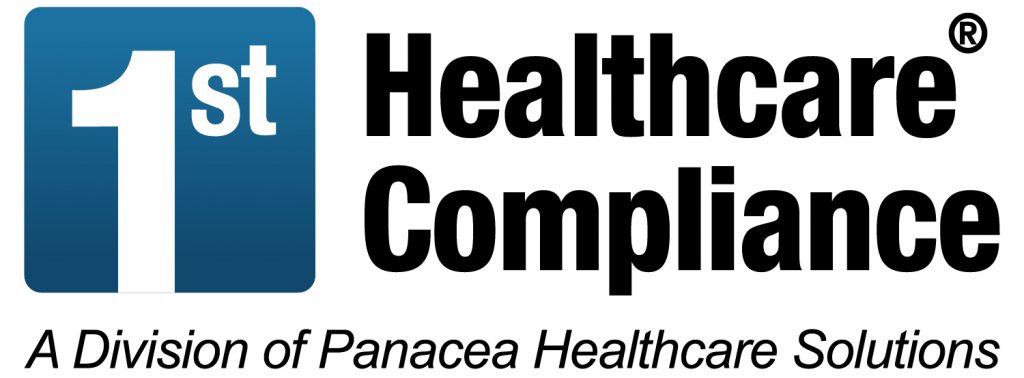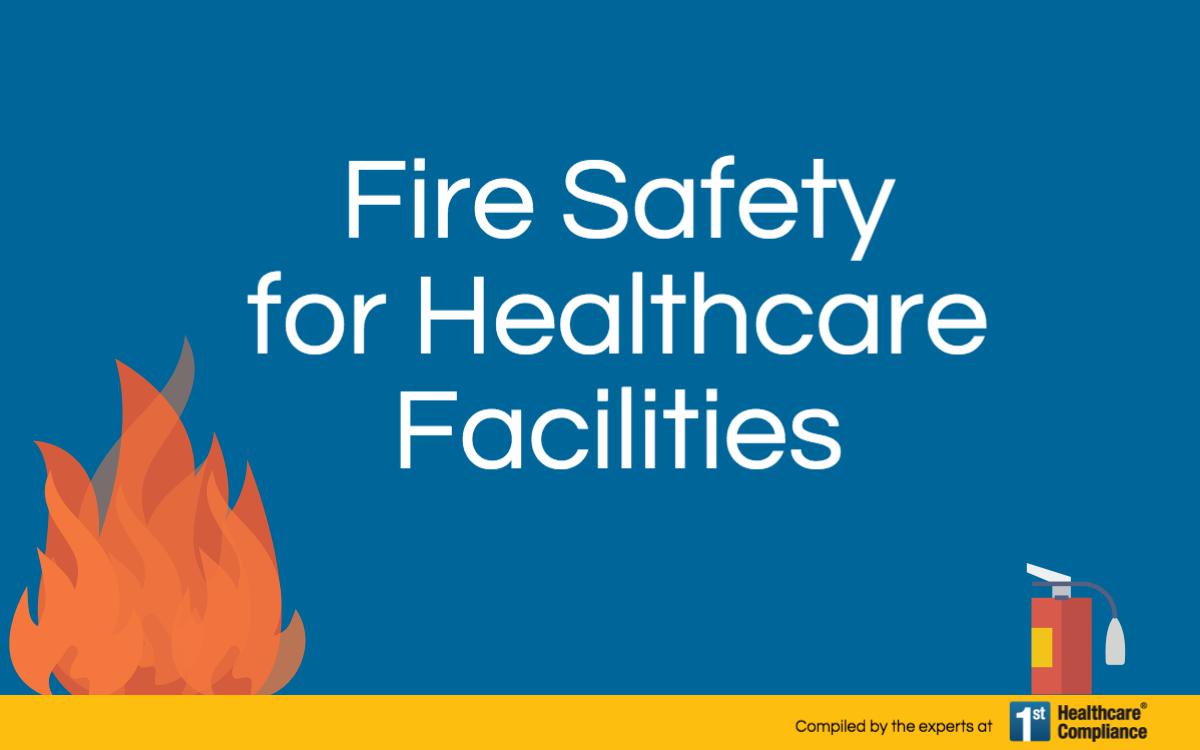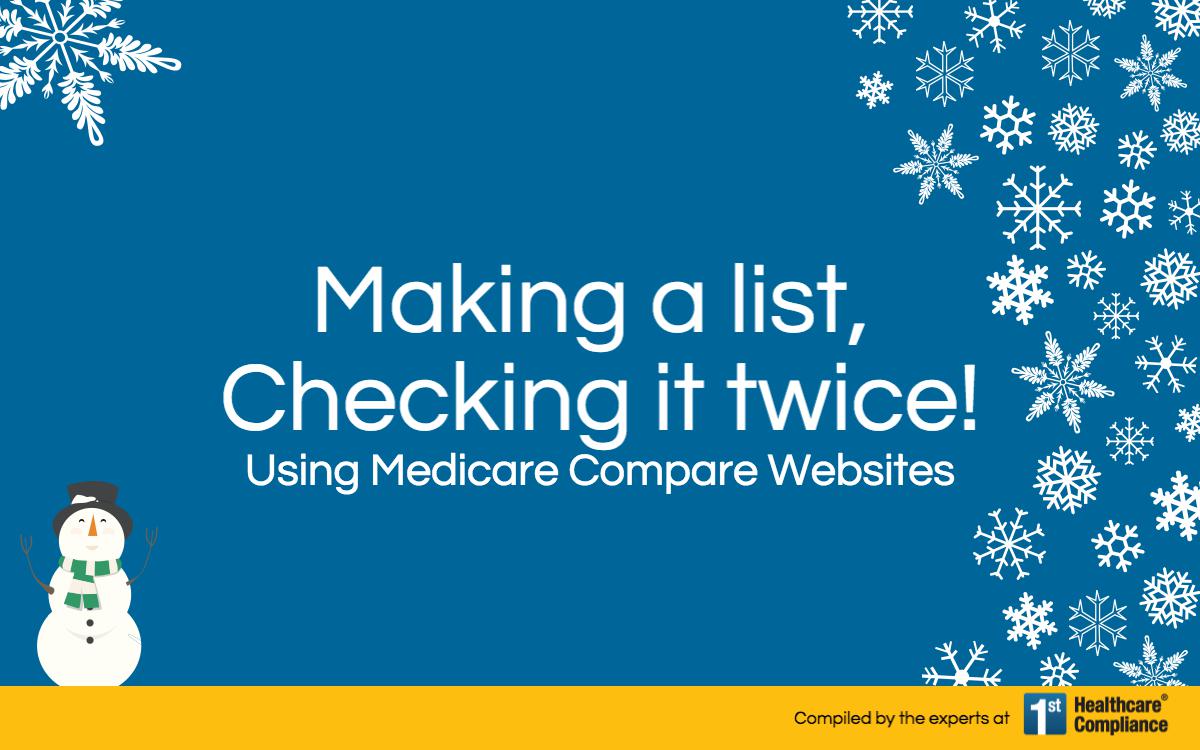Once Again! CMS is Changing Physician Payments
Have you had the opportunity to read the 962-page proposed rule from Centers for Medicare and Medicaid Services (CMS) regarding changes to physician payments? This lengthy document echoes the same goal throughout, create an “innovative, outcome-focused, patient-centered, resource-effective health system.” For a provider, big changes are ahead.
As part of the Medicare Access and CHIP Reauthorization Act of 2015 (MACRA), CMS plans to repeal the sustainable growth rate (SGR) and replace it with the CMS Quality Payment Program. Just as the name suggests, payment will no longer be volume based fee-for-service (FFS); the program will reward the value of care and the patient outcomes in a patient-centered healthcare system. In achieving the ultimate goal of improving overall healthcare, CMS considers patient and family involvement as the keys to success of this value-based approach. The Quality Payment System is based on the Merit-Based Incentive Payment System (MIPS) and the Advanced Alternative Payment Models (Advanced APMs).
The Department of Health and Human Services (HHS) has 3 basic strategies for the Quality Payment Program:
- Improve clinician payment regarding quality not quantity of services with MIPS which combines the main parts of Physician Quality Reporting System (PQRS), Value-based Payment Modifier (VM) and Electronic Health Record Incentive program for four performance based categories:
- Quality
- Resource Use
- Clinical Practice Improvement Activities (CPIAs)
- Advancing Care Information (Meaningful Use of EHR technology)
- Improve care delivery with care coordination, team-based approaches, improved patient communication and focus on population health and continuous learning using:
- Clinical practice support
- Data and Feedback Reports on Clinical Quality Measures (CQMs), utilization and cost
- Use of certified EHR to support care delivery focusing on:
- Tracking patients through the care continuum
- Optimizing EHR Interoperability
As for the MIPS program details, proposed §414.1305 defines a MIPS eligible clinician as a physician, a physician assistant, nurse practitioner, clinical nurse specialist, a certified registered nurse anesthetist and a group that includes such professionals. This excludes Qualifying APM Participants, Partial Qualifying APM Participants who do not report data under MIPS, low-volume threshold eligible clinicians, and new Medicare-enrolled eligible clinicians. Voluntary reporting for those who are not MIPS eligible clinicians will be allowed, however this will not reflect a payment adjustment. Roles within specific types of specialties may need to be further delineated between patient-facing and non-patient-facing MIPS eligible clinicians (pathologists, radiologists and anesthesiologists who primarily supervise nurse anesthetists) ensuring enough applicable measures for reporting.
Fortunately, MACRA will end the PQRS payment adjustment after CY 2018. However, the PQRS payment adjustment is not really eliminated; it will just be reflected in the 4 performance based categories beginning in CY 2019.







